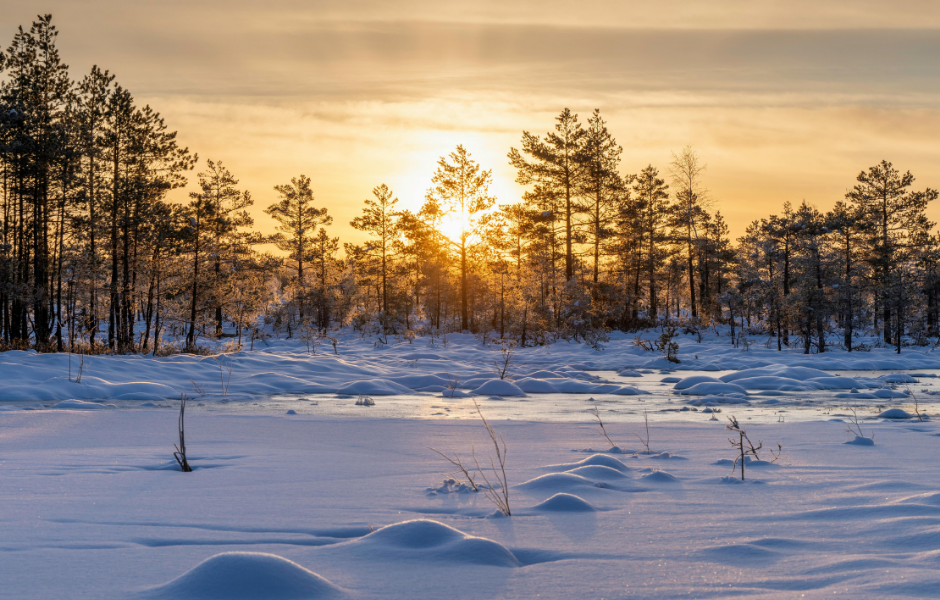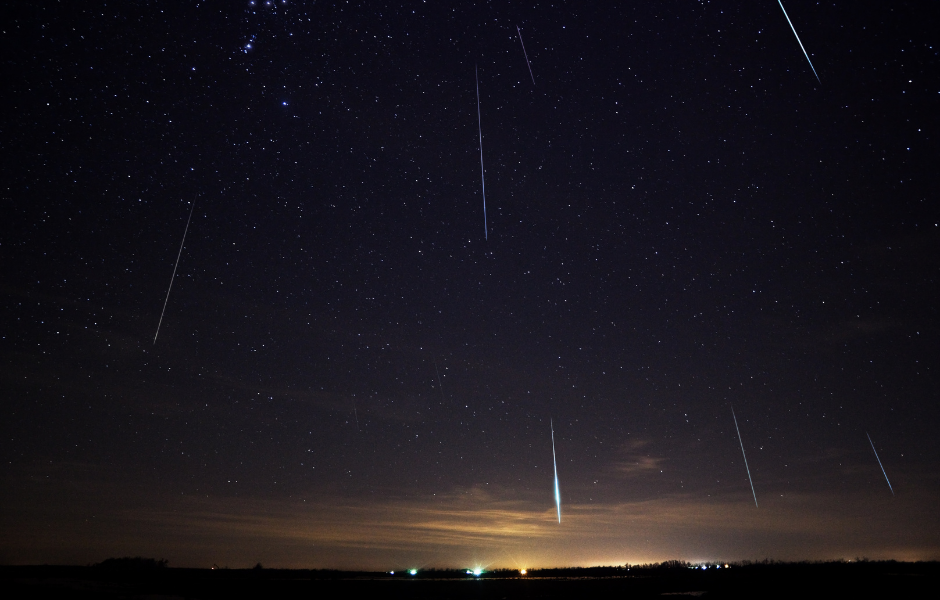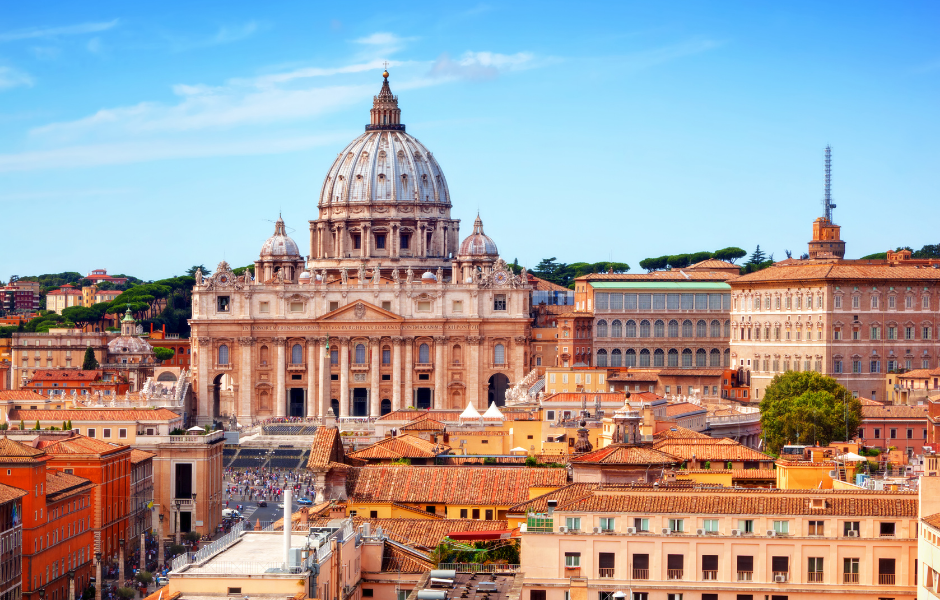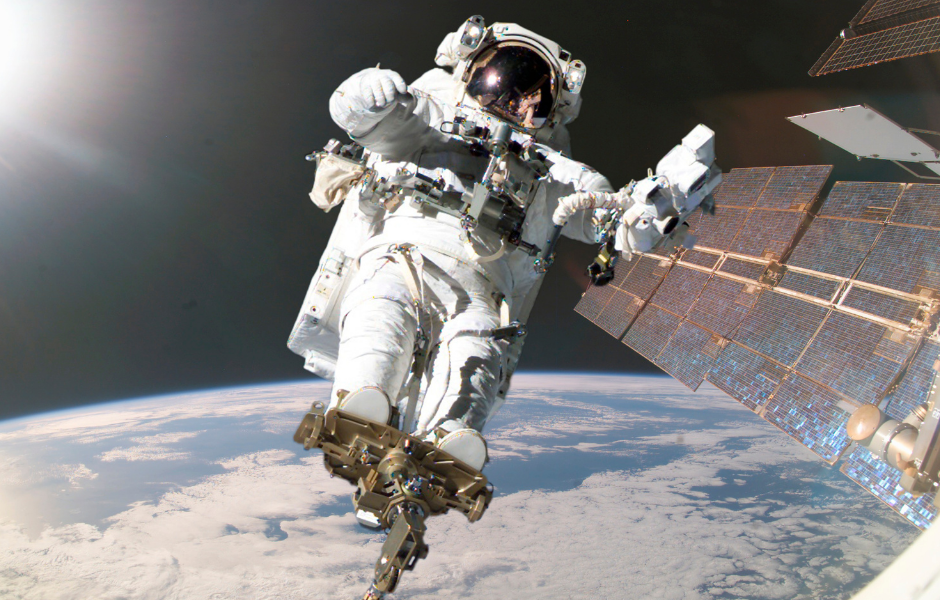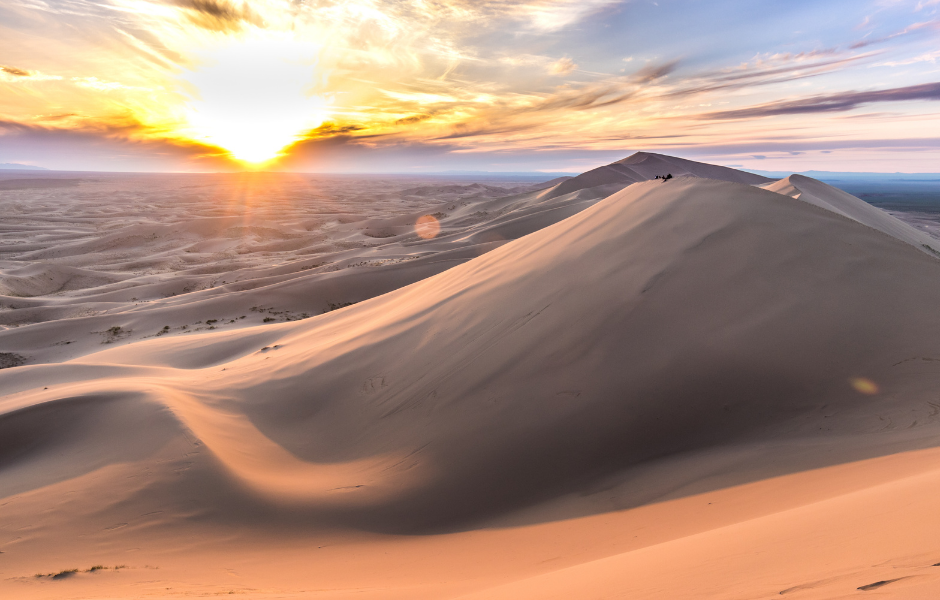
This children’s article, A kids’ guide to the biggest deserts in the world, has been written for native English speakers and learners of English as a second or foreign language. It can help children build vocabulary, learn about deserts, and discover some surprising facts about the planet’s largest icy and sandy landscapes. Written by Mark Pulley, a teacher and writer who creates fun and informative news articles for English learners.
The Antarctic Desert – the biggest of them all
When you hear the word desert, you probably imagine endless sand dunes, camels, and scorching hot sun. But here’s a surprise: the biggest desert in the world is actually Antarctica, and it’s covered in ice!
The Antarctic Desert is enormous, covering about 5.5 million square miles (14.2 million square kilometres). That’s bigger than Europe and almost twice the size of Australia.
So why is Antarctica a desert? Because a desert isn’t just hot and sandy, it’s any place that gets very little rain or snow. Antarctica is the driest place on Earth, with some areas not seeing any real snowfall for hundreds of years!
The Arctic Desert – almost as big
The second-largest desert in the world is the Arctic Desert, which is nearly as big as Antarctica at around 5.4 million square miles (13.9 million square kilometres).
Unlike Antarctica, people actually live in the Arctic, mostly in countries like Canada and Russia. The Arctic Desert is covered in snow and ice for much of the year, but in summer, the top layer melts to reveal tundra, where mosses, lichens, and even small animals survive in the freezing conditions.
The Sahara Desert – the sandy giant
When people say “the desert,” they often mean the Sahara Desert in Africa. It’s the world’s largest hot and sandy desert, stretching across 11 countries and covering about 3.5 million square miles (9 million square kilometres).
The Sahara is famous for its golden dunes, blistering heat, and hardy animals like camels and fennec foxes. But even here, people have found ways to live, using oases and clever survival skills.
Surprising desert facts
It might seem strange, but deserts come in many forms. Some are icy, some are sandy, and some are rocky. What makes a desert is the lack of rain, not the temperature. So, the next time you think of a desert, remember that it might be frozen instead of fiery!
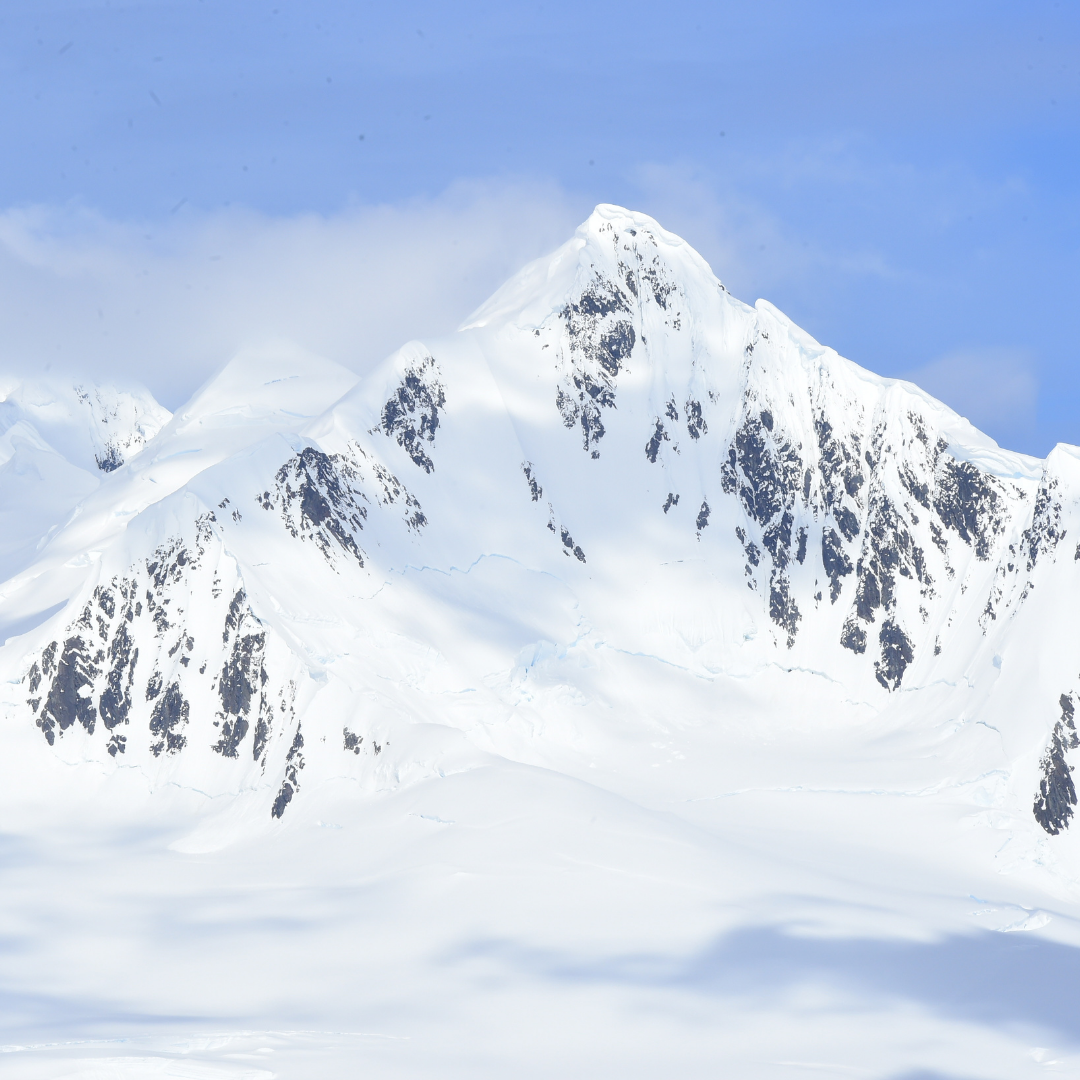
Article vocabulary list
- Desert: A place that gets very little rain or snow.
- Antarctica: The cold continent at the South Pole, covered in ice.
- Arctic: The cold region around the North Pole.
- Tundra: A frozen landscape where only small plants can grow.
- Dunes: Hills of sand formed by the wind.
- Oasis: A green spot in a desert where water and plants are found.
- Rainfall: Water that falls from the sky as rain.
- Climate: The usual weather in a place.
Comprehension questions
Just click the plus (+) to see the answer
1. What is the largest desert in the world?
A) The Sahara Desert
B) The Arctic Desert
C) The Antarctic Desert
Answer: C) The Antarctic Desert
2. Why is Antarctica called a desert?
A) Because it has no animals
B) Because it gets very little rainfall or snowfall
C) Because it is very hot
Answer: B) Because it gets very little rainfall or snowfall
3. Where is most of the Arctic Desert found?
A) Canada and Russia
B) China and India
C) Brazil and Argentina
Answer: A) Canada and Russia
4. What is the largest hot and sandy desert in the world?
A) The Gobi Desert
B) The Sahara Desert
C) The Mojave Desert
Answer: B) The Sahara Desert
5. How big is the Sahara Desert?
A) About 3.5 million square miles
B) About 5.4 million square miles
C) About 9 million square miles
Answer: A) About 3.5 million square miles

Mark is a writer and EFL teacher from England with eight years’ experience. He’s passionate about travel, sport (especially football), animals, nature, and history, and enjoys helping children explore the world through language and learning.

